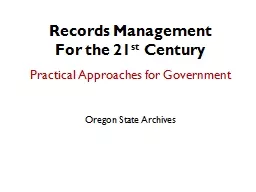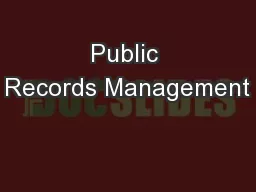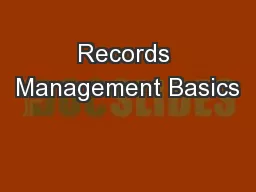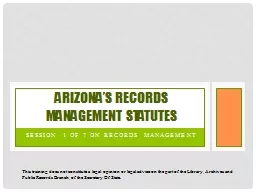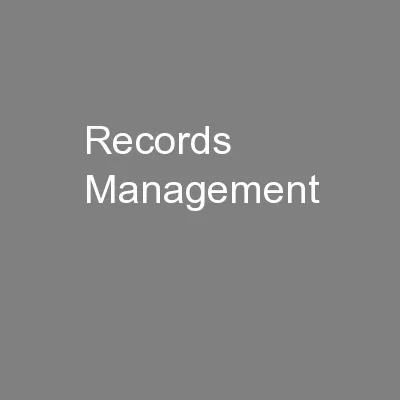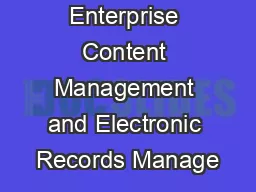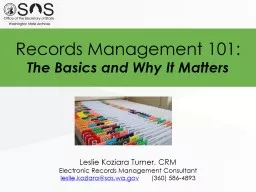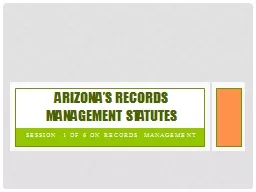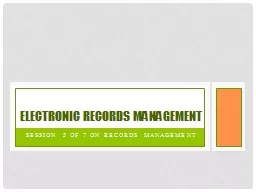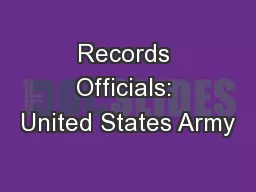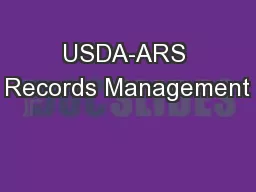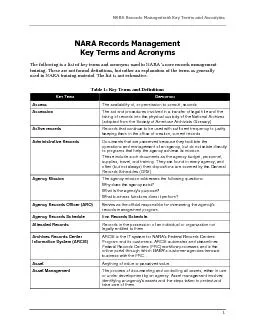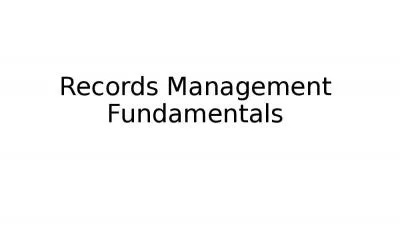PPT-Records Management For the 21
Author : karlyn-bohler | Published Date : 2018-02-28
st Century Practical Approaches for Government Oregon State Archives Why worry about RM Poor RM is expensive inefficient Employees spend 2540 of their day searching
Presentation Embed Code
Download Presentation
Download Presentation The PPT/PDF document "Records Management For the 21" is the property of its rightful owner. Permission is granted to download and print the materials on this website for personal, non-commercial use only, and to display it on your personal computer provided you do not modify the materials and that you retain all copyright notices contained in the materials. By downloading content from our website, you accept the terms of this agreement.
Records Management For the 21: Transcript
Download Rules Of Document
"Records Management For the 21"The content belongs to its owner. You may download and print it for personal use, without modification, and keep all copyright notices. By downloading, you agree to these terms.
Related Documents

